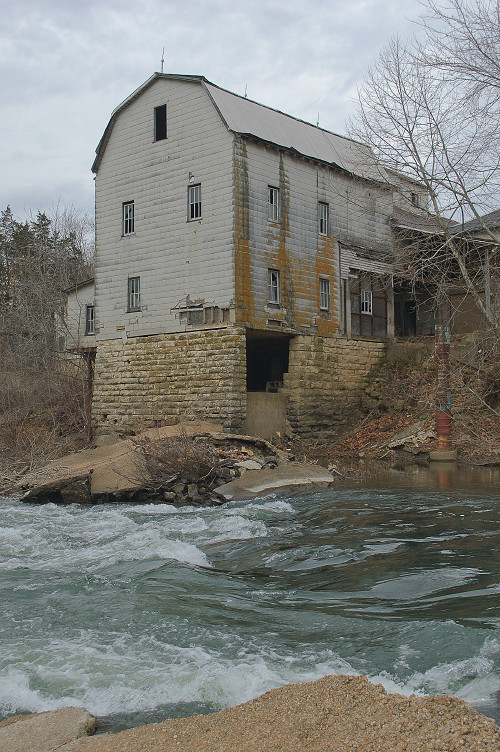Imitation Photography: What is it?
Recreating Autochrome via Photoshop
In his blog, photographer Mark S. Abeln explains his attempt to make digital images look like autochrome photographs. He began this process by identifying autochrome's three primaries, which he describes as "reddish-orange, a weak blueish violet color, and green." He designed his photo editing around those colors and even reproduced the grains of starch found in autochromes. You can find the entire step-by-step process for making autochrome imitations on his blog. Here's the results of his experiments:
Before:
After:
Recreating Wet Plate Photos via Photoshop
On this website, Melody Nieves explains her methods of transforming a digital image into a wet-plate look-alike. She uses photoshop tools such as Textures, Noise, and Opacity to produce a "chemical effect" within the photographs (Nieves). Her entire step-by-step process can be found here.
Digital image before editing:
And after editing:
Instagram & Hipstamatic
Instagram is an enormously popular smartphone application with over 100 million users. It is available in 9 different languages. Rather than needing to upload photos to a computer and edit them using imaging software, Instagram users can snap photos with their cell phones using Instagram's filters, many of which are aimed to replicate analog prints. While Instagram photos can easily be exported to other social media sites such as Twitter and Facebook, the app itself supports followers and hashtags (a la twitter) and location tagging (similar to foursquare) and comments, like most social media outlets. Instagram is a free service and there are numerous resources on the web for tweaking your Instagram skills. Here's a webpage that gives a basic usage instructions.
My friend and fellow GSLIS student Elizabeth Mc Gorty visited Fenway Park this past weekend. Here are her photos of the park, using four different Instagram "retro" filters.
Filter: Nashville
Filter: Willow
Filter: Sierra
Filter: Early Bird
Like Instagram, Hipstamatic is a social-media oriented app which encourages filtered photography. With the motto of "Digital Photography never looked so analog," Hipstamatic offers its users various "films" and "lenses," many reminiscent of the latter half of the 20th century (Hipstamatic). Here's an introduction to using Hipstamatic.
Bibliography:
Instagram photos courtesy of Elizabeth Mc Gorty.
Abeln, Mark S. "An Imitation of the Autochrome Lumière Process." The Refracted Light. Web. 24 Apr. 2013. <http://therefractedlight.blogspot.com/2012/03/imitation-of-autochrome-lumiere-process.html>.
Brown, Ryan Lenora. "Faux Filters Wash out History." The Christian Science Monitor. The Christian Science Monitor, 19 Mar. 2013. Web. 24 Apr. 2013. <http://www.csmonitor.com/The-Culture/Arts/2013/0319/Faux-filters-wash-out-history>.
Geron, Tomio. "Facebook Officially Closes Instagram Deal." Forbes. Forbes Magazine, 06 Sept. 2012. Web. 24 Apr. 2013. <http://www.forbes.com/sites/tomiogeron/2012/09/06/facebook-officially-closes-instagram-deal/>.
Graves, Elizabeth. "Imitation Is the Sincerest Form of Flattery: Thoughts on Faux-Alt-Process Digital Images." Alternative Photography. Web. 24 Apr. 2013. <http://www.alternativephotography.com/wp/open-blog/imitation-is-the-sincerest-form-of-flattery-thoughts-on-faux-alt-process-digital-images>.
"Hipstamatic." Web. 25 Apr. 2013. <http://hipstamatic.com/>.
Messieh, Nancy. "The Ultimate Beginners Guide to Hipstamatic." MakeUseOf. N.p., n.d. Web. 25 Apr. 2013. <http://www.makeuseof.com/tag/ultimate-beginners-guide-hipstamatic/>.
Nieves, Melody. "Quick Tip: Create a Wet Plate Photo Effect in Photoshop." Psd Tuts+. Web. 24 Apr. 2013. <http://psd.tutsplus.com/tutorials/photo-effects-tutorials/wet-plate-photo-effect/>.
"Press Center." Instagram. N.p., n.d. Web. 25 Apr. 2013. <http://instagram.com/press/>.
Waters, Sue. "The Educator’s Guide to Instagram and Other Photo Apps." The Edublogger. Web. 24 Apr. 2013. <http://theedublogger.com/2012/05/28/the-educators-guide-to-instagram-and-other-photo-apps/>.








No comments:
Post a Comment